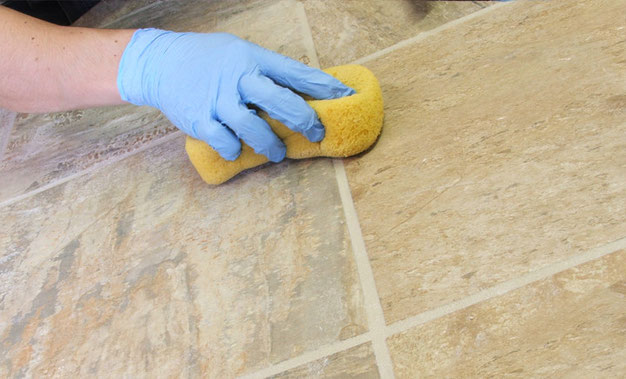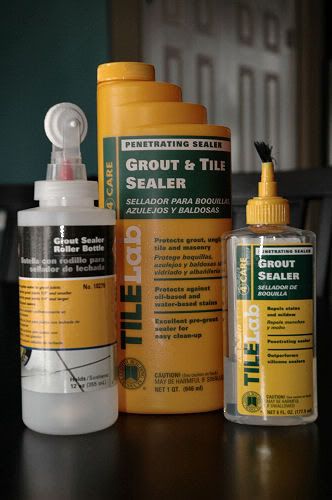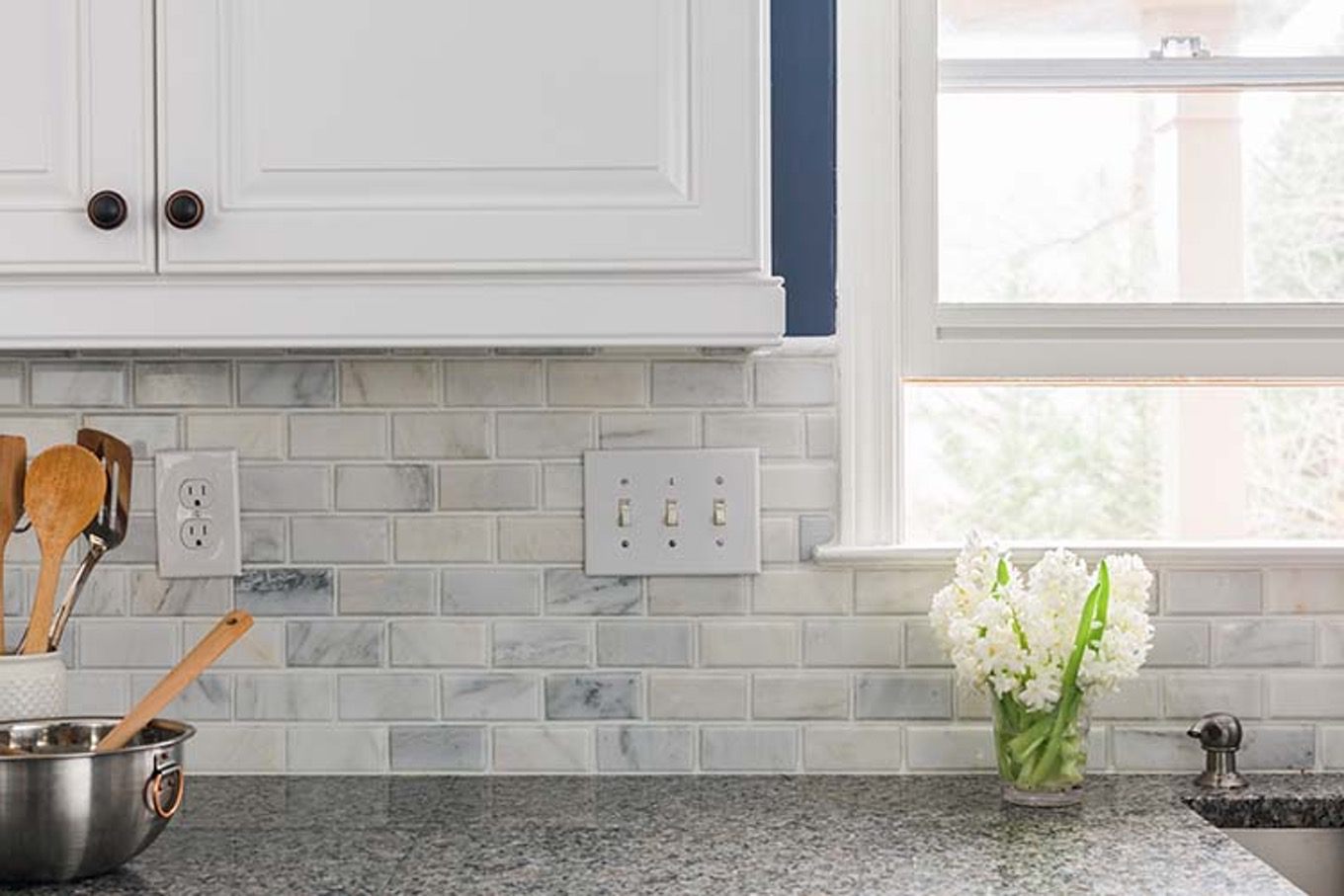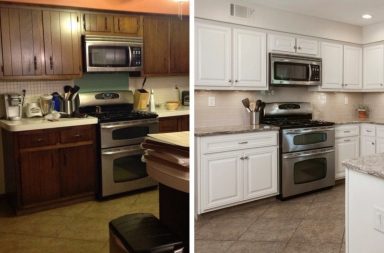The Advantages of Clean and Protected Tile
I don’t know anybody that wants to clean and seal the tile grout in their bathroom. In fact, I don’t know anyone that wants to clean the bathroom… or the toilet. These are just things that we’d all rather not do! BUT – when we DO ‘do’ them, the results are worth the effort AND we feel better about things. How the room looks, how we feel… both are improved after cleaning chores such as these.
Not only that, but there are consequences when you neglect to do your cleaning properly – especially if you installed a new floor during a bathroom remodel. The grout lines between the tiles are vulnerable to permanent staining, and you risk the chance of farming mold and mildew. The good news is, the days of getting on your knees with a toothbrush are over. Just apply grout sealer and you’ll have great success.
Here’s the plan: seal each grout line one at a time with an applicator. It’s easier than it may sound – a great DIY project for home. All you need to do is brush the grout lines with sealer. It’s effective – it thoroughly coats the grout but leaves behind very little residue. Typically a quality cleaner can be on the expensive side, but a four ounce bottle is all you’ll need to tackle as much as thirty linear feet. If possible opt for a brush tip over a foam roller one.
Since a ceramic tile surface is glazed, it is in fact already sealed. Grout cleaner is intended for the grout lines that separate the tiles only. When applying the sealer simply target the grout lines only. While you are laying sealant to each line do your best to keep it away from the tile surface. But don’t worry, if some does get on the tile, it will eventually wear off on its own.
Typically grout cleaner is only available with either an attached brush- or roller-tip. You may want to lay a thick folded towel down on the ground so you can work more comfortably, or if you have knee pads, they may make the job a little more pleasant. Fortunately this is a procedure that only needs to be performed once a year.
An alternative to the more labor-intensive approach is to simply spray the entire floor – tile surface and all – with a grout sealer in a spray bottle. It is far easier to spray a surface than to pay special attention to each line of grout. As long as the surface is glazed this approach is a viable option. It works rather simply, the sprayed sealer penetrates the porous grout. It covers the ceramic tile, too, but eventually evaporates or wears off.
Truth be told, the home improvement community is not yet entirely sold on the spray-on grout sealant. Some believe the product is an environmental hazard because of its ‘aerosol’ spray bottles. Others say the spray-on does not thoroughly pierce the grout, at least not as well as the brush-on option. Still, the ease of the product is unbeatable and it encourages homeowners to seal the grout more often. The only other potential drawback is accidentally getting it on the tile caulk, where it may cause minor damage.
You may wonder why all of this effort is made just to seal the grout lines between your bathroom tiles. Let’s take a step back – when the tile is originally set in mortar that then hardens, it creates grout. The grout may be color tinted before it is literally smeared onto the tile and deep into the seams between them. This serves to keep dirt out of the seams as it holds the tile squares much like glue.
We know all about the multipurpose nature of tile. It can be used most places, really, such as in the kitchen, shower, as a backsplash and most commonly in bathrooms. Location can be a profound factor, a tile could be exposed to extreme moisture (such as in a shower). Or it may not see any wetness at all. The difference being that given the porous nature of cement based grout, water is able to percolate within (be aware that epoxy grout has a unique composition and is different – it does not require any sealing).
The bottom line – when you take the preventive measure of applying sealer you are making certain that water does not penetrate the grout. You are applying a substance that is hard and stable. The process has its place among the best DIY ideas. It’s just the medicine required to prevent the odors, premature decay and potential formation of mold that water would otherwise cause.


